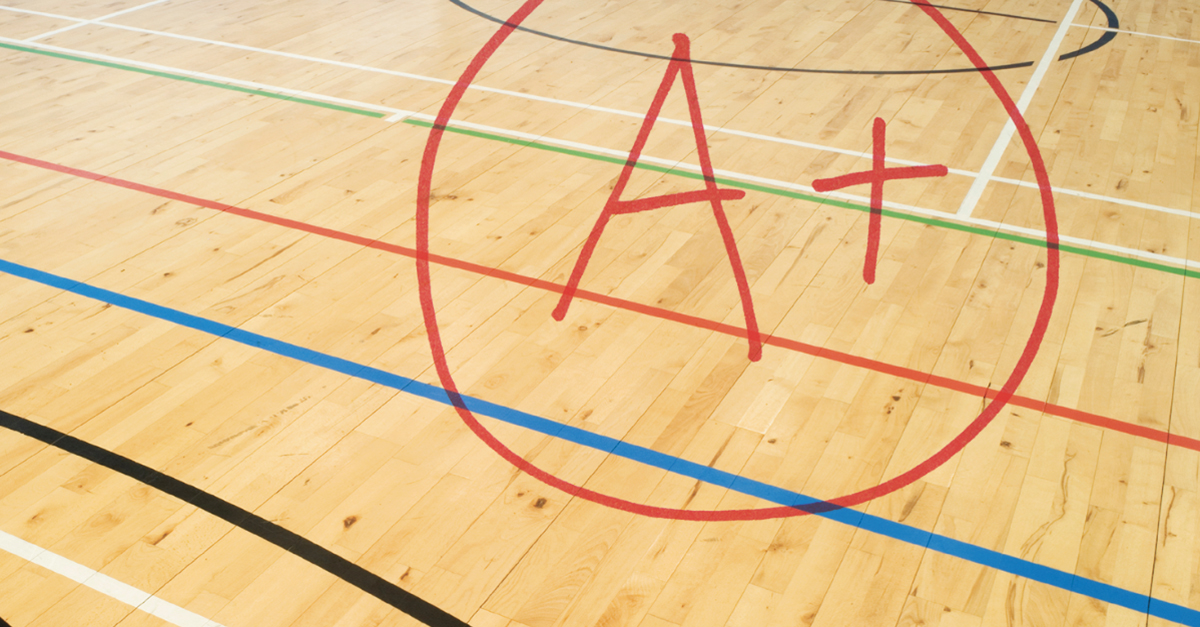As summer sizzles, school facility managers are sweating to tackle deep cleaning and floor maintenance projects. With students and staff off-site and flexible work schedules, summer
offers the rare opportunity to conduct deep cleanings, repairs, and restoration work that floors desperately need after a busy school year with heavy foot traffic, spills, and bacteria exposure.
A strategic and comprehensive summer floor care strategy—including carpet extraction, hard
floor stripping, and scrubbing (and refinishing, where appropriate)—helps maximize the life of these
surfaces, control long-term maintenance costs, maintain safety, and ensure a cleaner environment for
the next school year.
Assess, plan, and prioritize
Start by assessing floor conditions and equipment performance. Prioritize spaces with visible damage, discoloration, or uneven surfaces, especially in entryways, hallways, gyms, and cafeterias. Flag areas with high wear or hygiene hazards.
Ensure your floor care machines are operating properly. Machines that are used year-round may need maintenance, repair, or calibration. Partnering with a responsive vendor who offers fast access to parts and technical support can make or break your summer schedule.
Next, create a customized summer maintenance plan that includes cleaning schedules, budget allocation, custodial training, and data tracking to streamline labor and resources. Summer is ideal for cross-training your team on new machines, products, or processes. Establish documentation protocols to track machine run times, labor hours, and chemical usage to improve planning and resource allocation for the next year.
Boost productivity with the right equipment
Pairing the right floor care machine with compatible chemicals and pads increases productivity and ensures superior cleaning results while reducing labor and costs. Prioritize equipment with features that reduce operator strain, speed up tasks, cut costs, and deliver consistent performance across surface types. Look for:
- User-friendly designs: Machines with intuitive, icon-based controls; multilingual training materials; and tool-free maintenance help minimize user error, reduce training
time, and boost efficiency. - Smart dosing systems: Machines equipped with innovative technologies adjust water and chemical usage based on operator speed,
cutting waste and refill time while reducing the risk of slippery surfaces. - Advanced squeegee systems: Durable, self-adjusting squeegees improve water recovery, reduce drying time, and minimize slip hazards.
- Cordless capabilities: Battery-powered machines increase flexibility and safety in larger, high-traffic areas.
- Autonomous cleaning options: Robotic scrubbers can consistently cover large floor areas, freeing up staff for detail work, which is ideal for limited summer staffing.
Choose compatible chemicals
Chemical compatibility is critical for floor finishes and materials, which vary across school environments. Using incompatible products can lead to etching, finish damage, and reduced durability.
Consider the following:
- Vinyl composition tile (VCT): Often used in high-traffic areas like atriums, hallways, and classrooms, VCT requires stripping and refinishing annually. Use a professional-strength, low-odor stripper to penetrate built-up layers of finish and sealer before applying a durable, high-gloss floor finish.
- Gymnasium wood floors: Use slip-resistant, sport-specific, professional-grade finishes that withstand heavy foot traffic.
- Luxury vinyl tile (LVT): Choose nonabrasive cleaners to preserve protective wear layers.
Consult your floor care specialists to ensure you use the correct system of machines, cleaning solutions, and floor pads.
Swapping out bulk chemicals for pre-portioned systems can simplify operations, improve productivity, reduce waste, and ensure dosing consistency. Similarly, switching to chemical-free stripping pads can minimize environmental impact while maintaining performance.
Tailor plans by facility type
No educational setting is alike—each has unique flooring challenges and requirements. Avoid a one-size-fits-all approach and customize floor care plans to match your facility’s needs.
Elementary schools often require more attention to spills and sticky residues and involve maneuvering around desks and furniture. High schools commonly use terrazzo or polished concrete that benefit from polishing pad systems to maintain shine. Universities comprise multi-building campuses with various floor types and tighter cleaning windows due to ongoing classes and events. Segment cleaning schedules to meet these various needs and use highly productive machines to help maximize output.
Support long-term results for long-term value
Maintainable results don’t end with summer. Establish a year-round maintenance program that includes regular scrubbing, burnishing, and inspections. This protects your investment and
reduces the need for aggressive restoration in future summers.
Consider working with an integrated solution provider whose machines, chemicals, and pads are engineered to work together. This approach improves consistency, simplifies training, and reduces the total cost of ownership while supporting sustainability goals.
Class dismissed
Summer is a vital time for facility teams to reset and restore school floors. With the right tools, strategies, and partners, custodial teams can deliver clean, safe, high-performing spaces that
earn an A+ for years to come.



